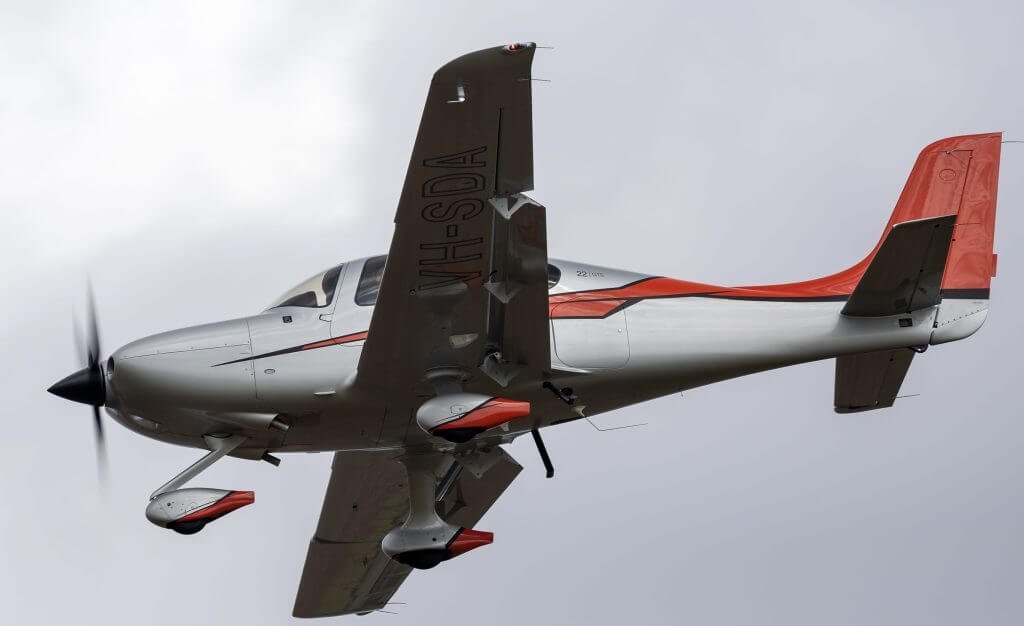Flying a Cirrus SR22 isn’t just about transportation, it’s about freedom, performance, and confidence in every phase of flight. But what many SR22 owners don’t realize is that the way your insurance is structured matters just as much as the aircraft itself.
As one of the most advanced single-engine piston aircraft on the market, the SR22 brings with it unique insurance considerations. Whether you’re a longtime owner, a new transition pilot, or upgrading from another model, this guide will walk you through what actually matters when insuring a Cirrus SR22.
Why Cirrus Insurance Isn’t One-Size-Fits-All
At BWI Aviation Insurance, we’ve insured thousands of Cirrus aircraft, including SR20s, SR22s, SR22Ts, and Vision Jets. One thing we’ve learned: no two Cirrus pilots fly the same mission.
Some fly twice a week for business. Others log long IFR cross-country flights with family. Some fly 30 hours per year. Others fly 300.
And your usage, training, and experience all affect your quote.
Unfortunately, many brokers take a cookie-cutter approach. They plug in basic hours, ignore your simulator time or training records, and hope for the best. That can lead to higher premiums, missed underwriting opportunities, and even policy gaps.
What Underwriters Look For in Cirrus SR22 Pilots
Whether you’re flying an SR22 or SR22T, underwriters are primarily interested in:
• Total time (and time in make/model)
• Recurrent or transition training (especially CSIP or Embark)
• Claims history and insurance track record
• Planned usage: personal, business, or instruction
• Hangar status and flight frequency
• Smooth vs. per-passenger liability preference
Pro tip: If you’ve spent time in an SR20 before flying an SR22, tell your broker. Many underwriters will credit this time, but only if it’s submitted properly.
Understanding Your SR22 Insurance Options
Here are the most common coverage components included in an SR22 policy:
Smooth Liability: Is It Worth It?
This is one of the most asked questions we get.
Smooth liability means one single limit, usually $1M, with no passenger sub-limits. That means more flexible, comprehensive protection in the event of a claim.
To qualify, most underwriters want:
• 1,000+ total hours
• 100+ in Cirrus aircraft
• Recent CSIP or Embark training
• Clean claims history
If you qualify, we highly recommend it.
What Most Brokers Miss (And It Costs You)
We’ve reviewed hundreds of Cirrus insurance policies written by other brokers, and here are the 3 most common mistakes we see:
1. Not counting SR20 or sim time
2. Failing to mention Embark or CSIP training
3. Quoting only one underwriter (instead of shopping multiple)
At BWI, we work with every A+ rated aviation insurance company, and we know which ones work best for Cirrus pilots based on where you are in your journey.
Final Checklist: What to Ask Before You Bind
Before you sign or renew your SR22 policy, ask your broker:
• Are all of my hours being reported correctly?
• Has my training been submitted?
• Did we get quotes from multiple underwriters?
• What’s my liability structure—smooth or per-seat?
• Can this policy support instruction, business, or shared flying?
Ready to Quote Your SR22?
Whether you’re insuring a brand-new G6 SR22T or shopping your renewal, BWI will walk you through every step with speed, clarity, and zero fluff.
Call (800) 666-4359 or click below to get a Cirrus SR22 insurance quote built for how you fly.
Continue Reading



